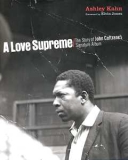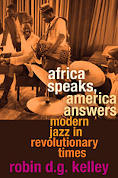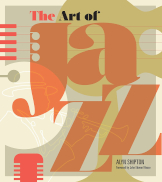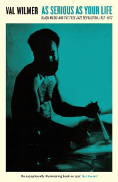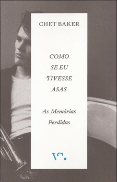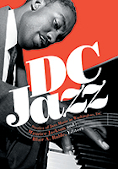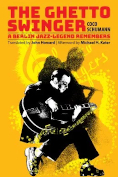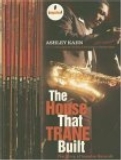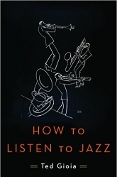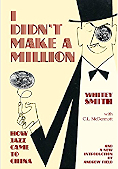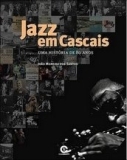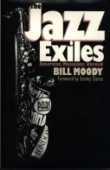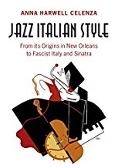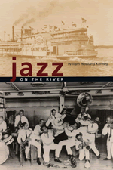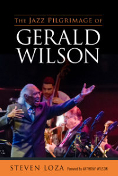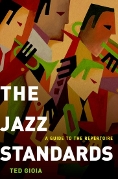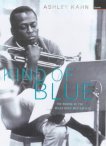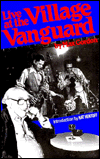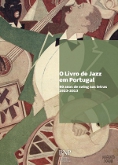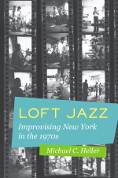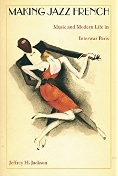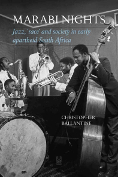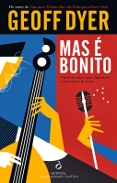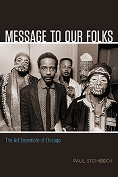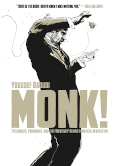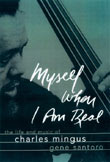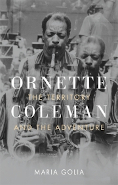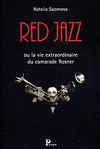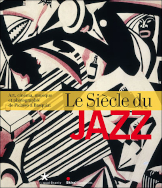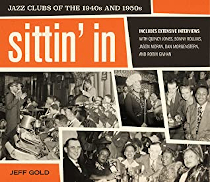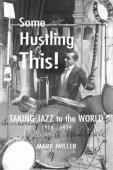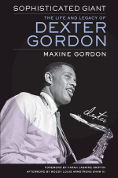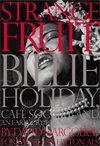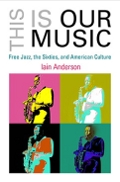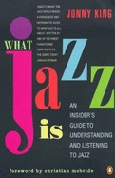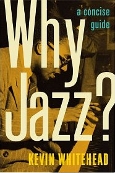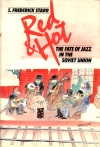
|
| Red and Hot: The Fate of Jazz in the Soviet Union,
1917-1980
by S. Frederick Starr
Oxford University Press, New York, 1983
It is a remarkable fact that the year of 1917 was unusually rich in events
that left an indelible mark in our recent history. Of these, two are the subject matter
of this book: Jazz, my favorite kind of music, was first put on record in a 78 rpm disc
by the Original Dixieland Jazz Band recorded in New York City in the 26th of
February. Two weeks later, on the other side of the Atlantic, and at the far end of
a war torn continent, an unorganized protest against bread shortages in Petrograd
(St. Petersburgh) resulted in the overthrown of the Romanov dinasty in Russia and
quickly grew into a fullblown Revolution resulting in what was arguably the most
important and influential single event in the 20th Century: the Bolshevik
coup, better known to history as the October Revolution. It is the
history of the interrelation between Jazz music, its practicioners and fans,
on one side, and the regime that came to power following October, on the other,
that is the subject of this book. And what a fascinating and convoluted history
it is! Due to World War I, the 1917 Revolutions, the Civil War and foreign
intervention, jazz arrived in Russia rather late when compared with
West european countries: from 1917 several American groups (both civilian
and military) toured England, Belgium, France, but jazz did not reach Russia
until 1922, and even then introduced by a russian jazz fan: the Futurist poet,
Dadaist, dancer, editor, and temporary exile in Paris, Valentim Parnakh.
The way jazz thrived under communist Russia was not independent of the general
political climate affecting the arts and other intelectual activities, but was
also dependent upon local patronage by party bosses that happened to be, or not,
jazz fans. Also, along the years, one gets conflicting doctrines about jazz as
a "decadent capitalist music" or as a music of America's "black
proletarians". Both sides of the ideological debate could turn out
to be rather pathetic: not only the staunch jazz bashers of the Association
of Proletarian Musicians, and the intelectual emminence grise
of the regime, Maxim Gorky, but also those defending jazz as a proletarian
music, could engage in endless literary polemics about the music without
really listening much to the real thing (certainly this was the case of
the jazz apologist Marietta Shaginian that brilliantly expounded the
proletarian origins of jazz, and defended the music, but was almost
completely deaf...) So, the fine line separating (?!) authentic
"proletarian jazz" from its "bourgeois corruption" became, not so
strangely, the grey zone where fans and musicians could
negociate the political limits of their art, and, considering the fact
that jazz (swing) became a rather popular dance music by the 1930's and 1940's,
it really allowed for a big expansion of the music during most of
Stalin's era. The tragic part of the story is that in the increasingly
autocratic regime following the NEP years, polemics about abstract
concepts like music rarely kept at a literary level, and so, at some points,
notably during the Great Purges of the late thirties, and at the very end of
Stalin's life, after the end of the War, the general repressive climate
in the USSR had consequences to jazz that were no different than those
in the rest of Soviet society. What is really interesting is that,
on occasions, and notably during the War years, a huge number of russian jazz
orchestras were in existence, some semi-independent, others under the
patronage of Federal, State, or Local governments, or the Armed Forces.
Some of these orchestras were directed by first rate conductors and
musicians that achieved notoriety in the Soviet Union and even abroad,
like Alexander Tsfasman, Alexander Varlamov, Leonid Utesov, and the
amazing case of the head of the State Jazz Orchestra of the Byelorussian
Republic, the german-jewish exile Eddie Rosner (the "white Louis
Armstrong"), one of the most sucessful jazzmen of the USSR. In the
case of these four famous jazzmen, the paucity of commercial recordings currently
available to jazz fans (at least outside Russia) is compensated by the
existence of an excelent website
containing a large amount of Real Audio files and other useful information.
However, for an indepth analysis of Jazz in the Soviet Union in all its
phases down to the end of the seventies, this book remains the main work
available in english, and the author's lively style, at times funny, in
other occasions bitter, always results in an enlightened narrative.
|
